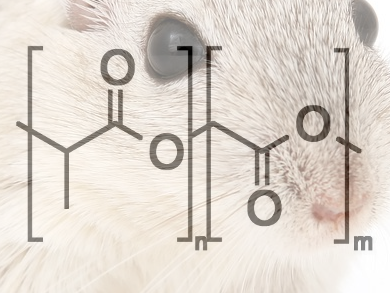Michael Gower, Michael Hendley, University of South Carolina (USC), USA, and colleagues are exploring a simpler approach for diabetes. They have implanted sponges of poly(lactide-co-glycolide; PLG), into the fat tissue of mice. In obese mice with symptoms resembling Type 2 diabetes, the implant reduced weight gain and blood-sugar levels. Within one week, the mice’s fat cells, immune cells, and blood vessels filled the pores of the implant. After three weeks of a high-fat diet, mice with the sponges had a 10 % increase in body fat, and mice without the implant a 30 % increase in body fat. In their calf muscles, treated mice had 60 % higher levels of a protein known to help shuttle glucose from the bloodstream into muscle cells as compared to untreated mice, and they had lower blood sugar levels than the control animals.
Several years ago, scientists had discovered that fat is an endocrine organ, instead of a passive energy reservoir. It releases compounds that regulate energy and metabolism, and it helps other organs respond to insulin and glucose. In diabetes, major organs and tissues such as the brain, liver, and skeletal muscles, which require high levels of glucose to function properly, lose their ability to take up sugar from the bloodstream and use it as energy. As a result, glucose builds up in the blood and can lead to hyperglycemia, which is toxic to many organs and tissues. The researchers believe that when fat stores in the body get too large, communication with other parts of the body breaks. With their method, they are trying to restart this conversation.
Currently, the researchers are trying to understand why the PLG sponge reduces fat and lowers blood glucose levels. In addition, they are infusing the sponge with bioactive molecules to enhance its activity.
- Presented at a meeting of the 254th National Meeting & Exposition of the American Chemical Society (ACS), Washington DC, USA




